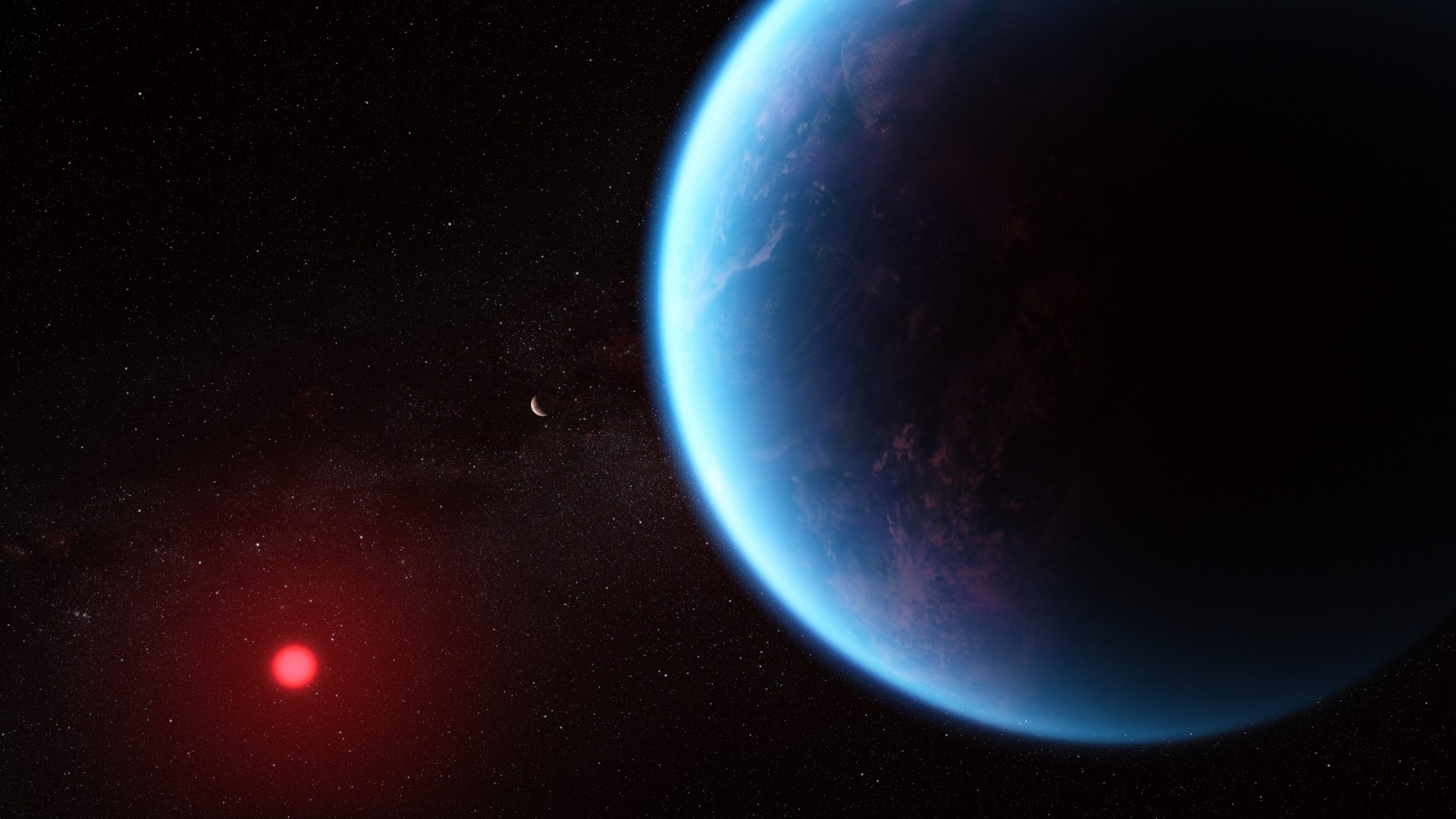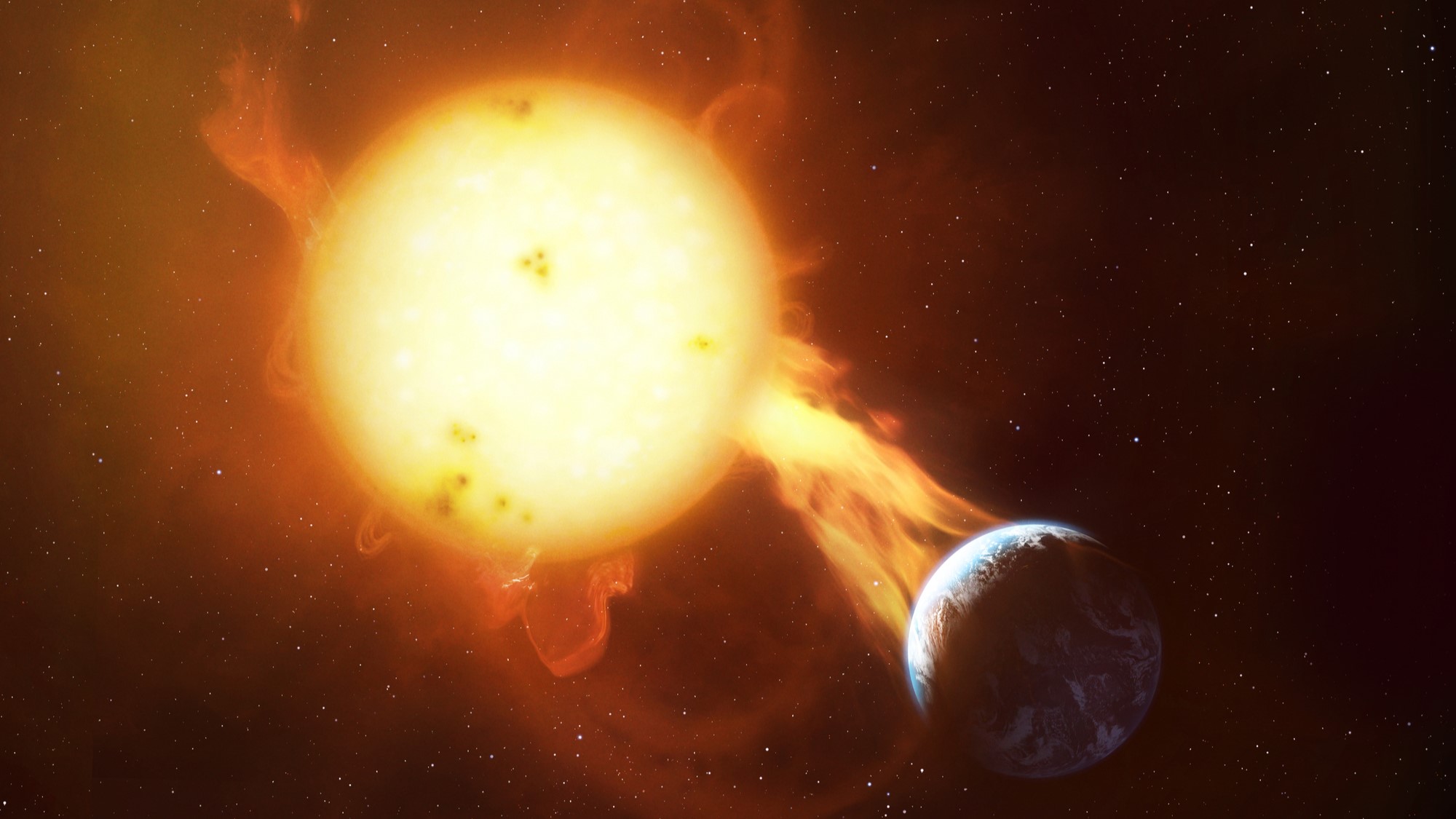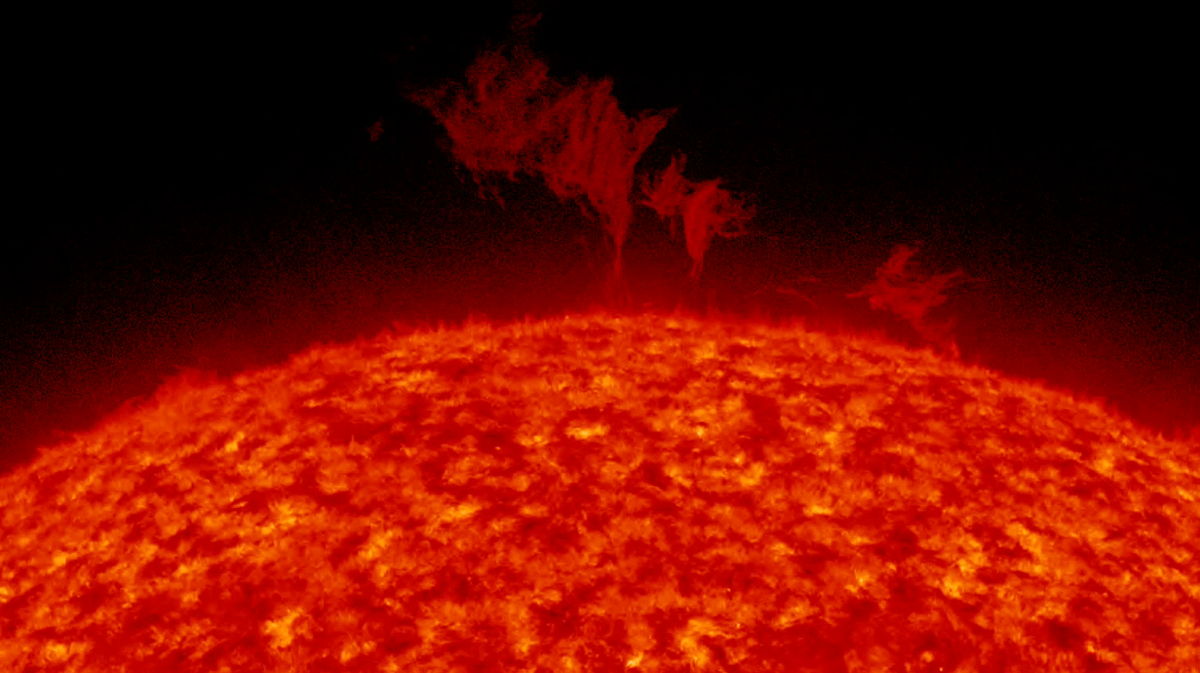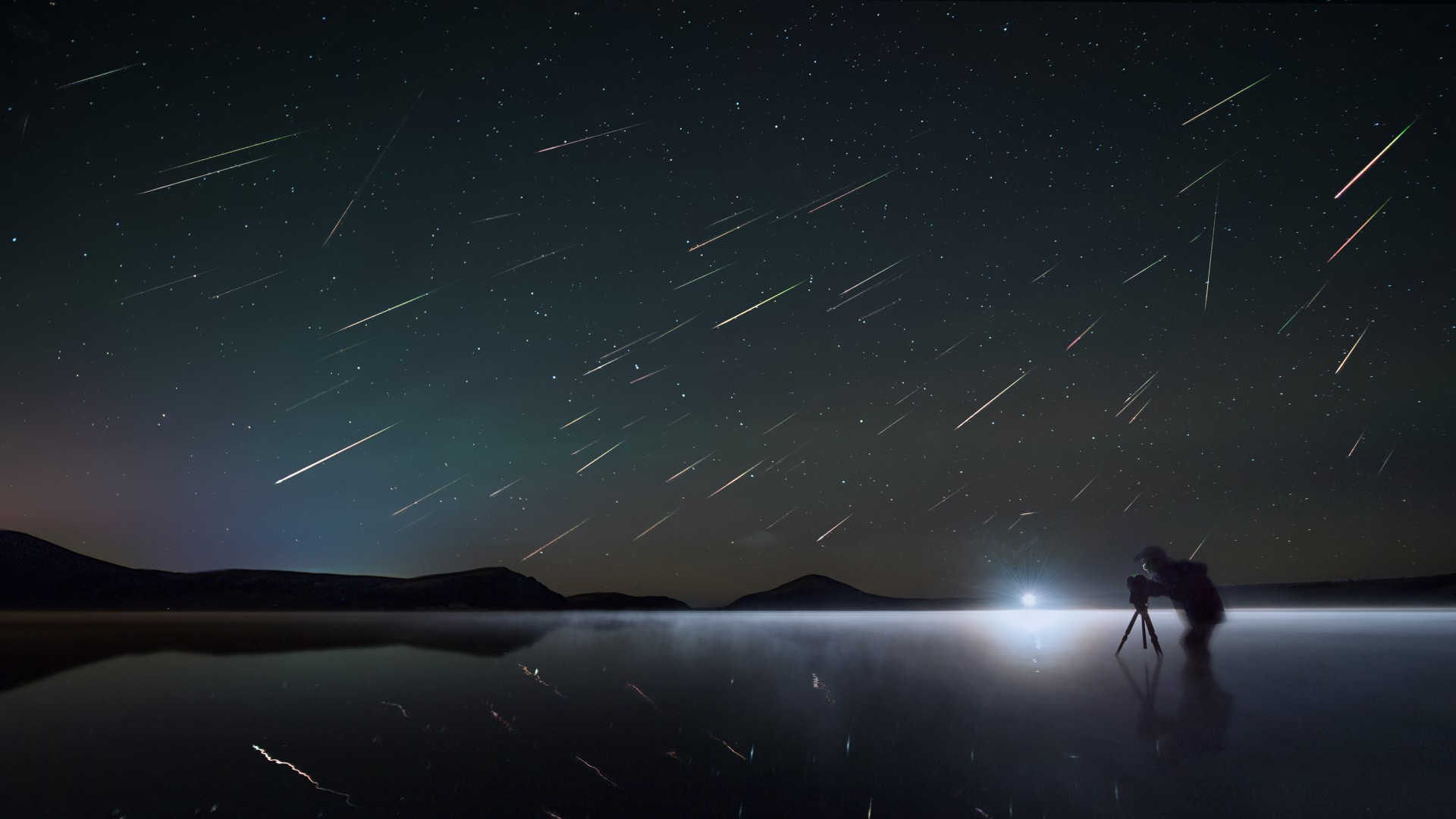NASA's Kennedy Space Center Takes Stock of Irma Storm Damage
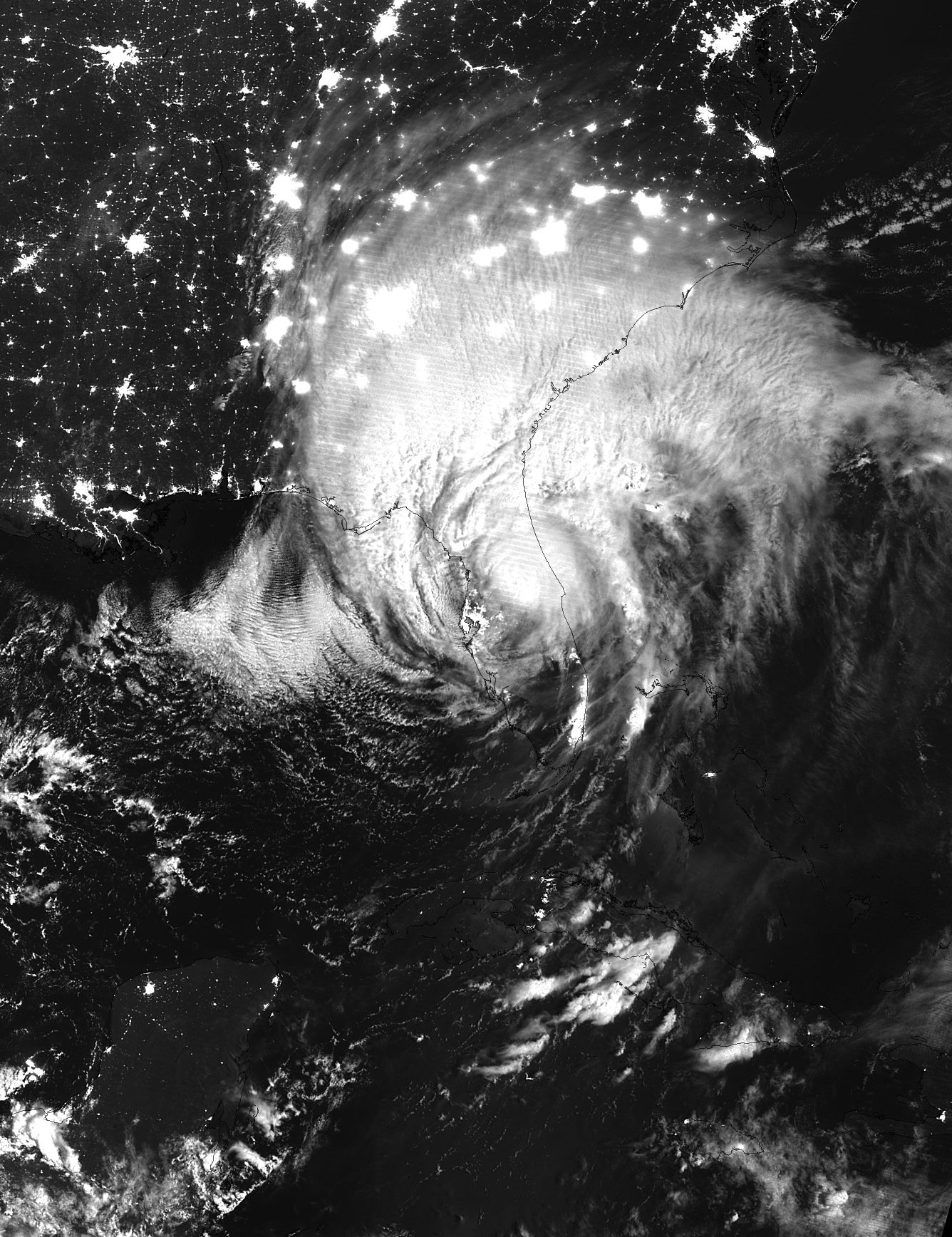
NASA's Kennedy Space Center in Cape Canaveral, Florida remains closed today (Sept. 12) as a team assesses damage caused by Hurricane Irma.
Irma, which has been downgraded to a tropical depression, is continuing north-northwest after hitting land twice on Sunday (Sept. 10), in the Keys and then near Naples, according to NASA. The storm knocked out power and water service to the NASA space center yesterday (Sept. 11).
Power was restored to the space center on the Florida's east coast yesterday, but the spaceport still lacks running water, KSC spokesman Al Feinberg told Space.com. KSC and Cape Canaveral Air Force Station host launches of SpaceX's Falcon 9 rocket as well as United Launch Alliance's Atlas V and Delta IV rockets. [Hurricane Irma in Photos: Latest Views from Space]
Today at 8 a.m., 120 employees who have taken care of the facilities since Sept. 9 were replaced by 250 members of a Damage Assessment and Recovery Team, who will survey storm damage and prepare the center for its 7,900 staff to return.
"The utility reports that Irma caused no less than 37 breaks to its system on the mainland alone and are not expected to be repaired for 2 to 4 days," Feinberg said in an email, quoting an update from KSC Emergency Management.
NASA's Marshall Space Flight Center in Alabama, as well the adjacent Redstone Arsenal Army post, are both closed today as well based on ongoing weather conditions, according to an announcement on Twitter.

Irma first made landfall in the Caribbean Wednesday (Sept. 6), causing intense destruction visible from space. In Florida, from Miami to Jacksonville, major streets are still underwater or blocked by debris, according to a New York Times report — and the Florida Keys may have taken the worst damage in the state. Orlando is also experiencing flooding, in some cases 3 to 6 feet, according to the report. Many in the state are still without power.
Get the Space.com Newsletter
Breaking space news, the latest updates on rocket launches, skywatching events and more!
Email Sarah Lewin at slewin@space.com or follow her @SarahExplains. Follow us @Spacedotcom, Facebook and Google+. Original article on Space.com.
Join our Space Forums to keep talking space on the latest missions, night sky and more! And if you have a news tip, correction or comment, let us know at: community@space.com.

Sarah Lewin started writing for Space.com in June of 2015 as a Staff Writer and became Associate Editor in 2019 . Her work has been featured by Scientific American, IEEE Spectrum, Quanta Magazine, Wired, The Scientist, Science Friday and WGBH's Inside NOVA. Sarah has an MA from NYU's Science, Health and Environmental Reporting Program and an AB in mathematics from Brown University. When not writing, reading or thinking about space, Sarah enjoys musical theatre and mathematical papercraft. She is currently Assistant News Editor at Scientific American. You can follow her on Twitter @SarahExplains.
